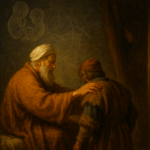
Isaac and Rebecca: Deception or Wigner’s Friend Paradox?
Synopsis The narrative of the “stolen blessings” in Parashat Toldot presents a profound moral paradox: How could Rebecca, a righteous prophetess, and Jacob, the archetype

Synopsis The narrative of the “stolen blessings” in Parashat Toldot presents a profound moral paradox: How could Rebecca, a righteous prophetess, and Jacob, the archetype
It’s All in the Name Rosh HaShanah is usually translated as the New Year. When translated literally, it means the “Head of the Year.” In

The Torah portion Tzav describes a ritual performed by Moses in consecrating Aaron as the High Priest (Kohen Gadol) and his sons as priests (kohanim):
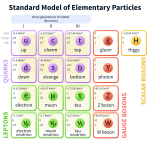
Introduction What could the Standard Model of particle physics possibly have in common with biblical accounts of the Israelites’ travels in the Sinai Desert, Kabbalistic

And these are the chronicles of Isaac… (Genesis 25:19) So Esau went unto Ishmael, and took unto the wives that he had Mahalath the daughter
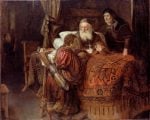
And Rebekah spoke unto Jacob, her son, saying: “Behold, I heard thy father speak unto Esau thy brother, saying: Bring me venison, and make me

And the Eternal G‑d said: “It is not good that the man should be alone; I will make him a helpmate opposite him.” (Genesis 2:18)
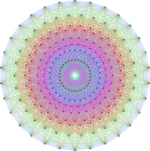
The Special Theory of Relativity, published by Albert Einstein in 1905, was a game changer. It ushered the era of new physics dubbed by some

This is what Haman did not understand. Even at the highest level, where there is a complete symmetry between Jacob and Esau, G‑d chooses Jacob—a
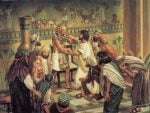
In the Torah portion Miketz, Pharaoh has two dreams. He wakes up agitated and calls on all the wise men of Egypt to interpret his

Ye are standing this day all of you before the Lord your G‑d: your heads, your tribes, your elders, and your officers, even all the

The story of entangled twins is continuing in the Torah portion Vayeitzei (Genesis 28:10–32:3.) Structurally, it is very similar to the story in the previous Torah
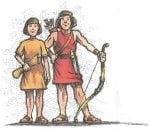
Entanglement is often called the most baffling and quintessential phenomenon in quantum mechanics. What is entanglement, in a nutshell? Two particles born from one reaction